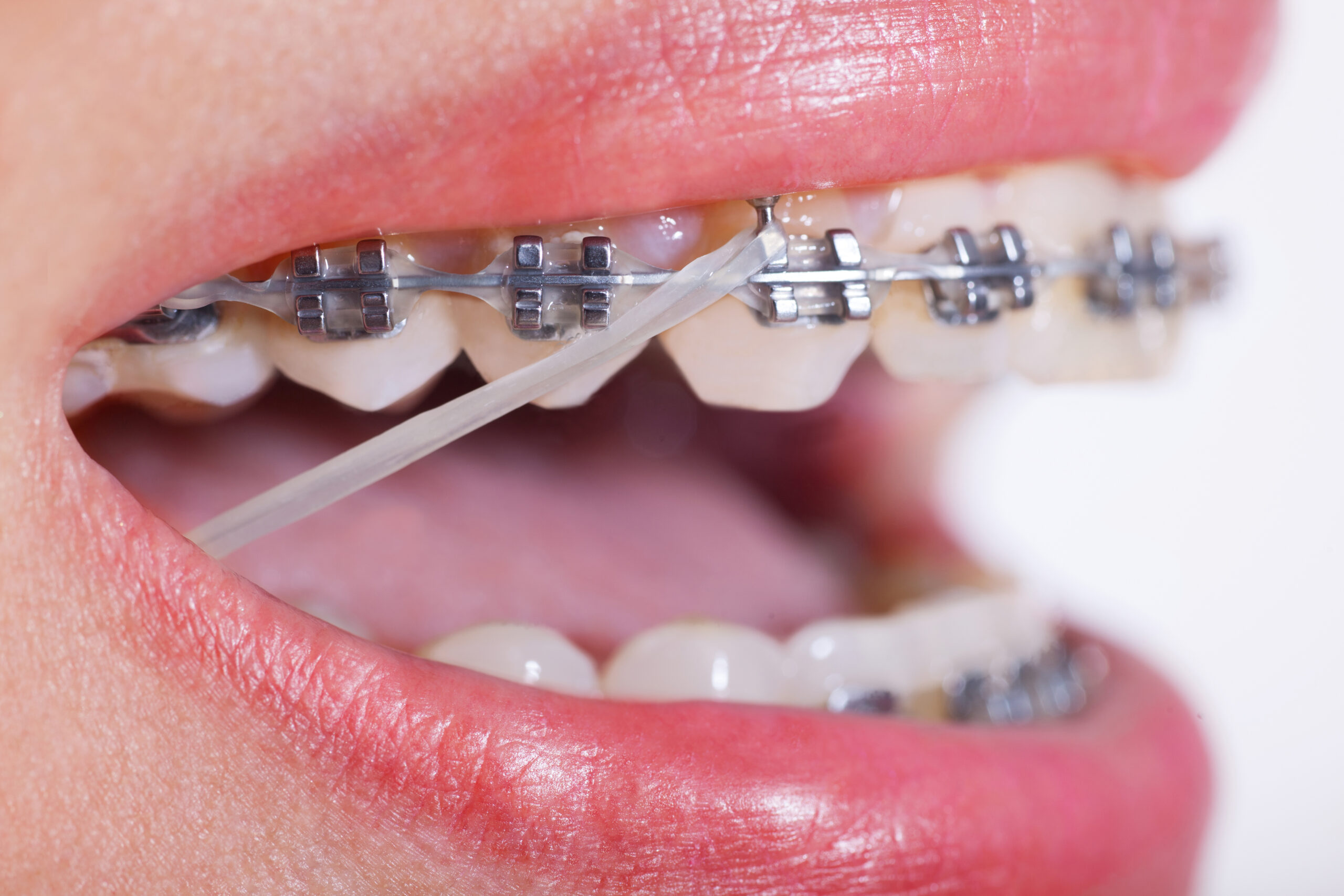All Star Family Orthodontics for Dummies
All Star Family Orthodontics for Dummies
Blog Article
All Star Family Orthodontics Can Be Fun For Everyone
Table of ContentsThe 7-Minute Rule for All Star Family OrthodonticsAll Star Family Orthodontics Can Be Fun For EveryoneThe smart Trick of All Star Family Orthodontics That Nobody is DiscussingThe Ultimate Guide To All Star Family OrthodonticsAll Star Family Orthodontics - An Overview

In addition, we supply adjustable treatment routines, adaptable settlement alternatives and an enjoyable, pleasurable experience.
An orthodontist is a dental practitioner trained to diagnose, avoid, and treat teeth and jaw abnormalities. Orthodontists work with individuals of all ages, from kids to grownups.
Malocclusion, or misaligned teeth, can lead to dental issues, including dental caries, periodontal disease, and challenging or unpleasant eating. However not every person is birthed with straight teeth. If you have a poor bite or large spaces between your teeth, you might wish to seek advice from a dental professional concentrating on orthodontic treatment.
What Does All Star Family Orthodontics Mean?
(Image Credit Rating: DigitalVision/Getty Images) Orthodontists use dealt with and detachable dental gadgets, like dental braces, retainers, and bands, to alter the setting of teeth in your mouth. Orthodontic treatment is for dental problems, consisting of: Jagged teethBite troubles, like an overbite or an underbiteCrowded teeth or teeth that are also far apartJaw misalignmentThe objective of orthodontic therapy is to improve your bite.
A healthy bite guarantees you can consume, chew, and speak properly. While you might think about orthodontists as generally for kids or teenagers that need braces, they can correct oral troubles at any type of age. Orthodontists participate in college, dental school, and orthodontic college. After college graduation, they invest 2 or 3 years in an orthodontic residency program.
All orthodontists are dental practitioners, however not all dental practitioners are orthodontists. Orthodontic residency programs use intensive, focused guideline for dental experts. They concentrate on 2 areas: Just how to appropriately and securely move teeth Exactly how to properly direct development in the teeth, jaw, and faceOnce an orthodontist has actually completed training, they have the choice to become board accredited - https://my-store-fdf4fb.creator-spring.com/.
The Definitive Guide for All Star Family Orthodontics
Misalignment, or malocclusion, is the most usual reason individuals see an orthodontist. Malocclusion is usually treated with: Your orthodontist affixes metal, ceramic, or plastic square bonds to your teeth.
If you have only small malocclusion, you might be able to utilize clear dental braces, called aligners, as opposed to traditional dental braces. Some people require a headgear to help move teeth right into line with pressure from outside the mouth. After dental braces or aligners, you'll require to put on a retainer. A retainer is a custom-made gadget that maintains your teeth in area.

You might need to see an orthodontist if you have: Crowding or otherwise enough area for every one of your teethOverbite, when your upper teeth come over your base teethUnderbite, when your bottom teeth are also far forwardSpacing or concerns with gapsCrossbite, which is when your top teeth fit behind your bottom teeth when your mouth is closedOpen bite or a vertical void between your front bottom and top teethMisplaced midline, when the facility of your bottom and upper teeth don't align Correcting a dental malocclusion can: Make biting, eating, and speaking easierImprove the proportion of our face and your general appearanceEase discomfort from temporomandibular joint conditionsDifferent go to website your teeth and make them simpler to clean, helping stop dental cavity or tooth cavities It's often a dentist that first notifications misaligned teeth during a routine exam.
The Definitive Guide to All Star Family Orthodontics
During your first orthodontic consultation, you'll likely have: A dental examPhotos taken of your face and smileDental X-raysPanoramic (360 degree) X-rays of your face and headImpressions to produce mold and mildews of your teethThese tests will assist your orthodontist recognize how to proceed with your therapy. An orthodontist is a dentist who's had training to treat your teeth and jaw.
Orthodontists are dentists but not all dental professionals are orthodontists. Orthodontists are focused on your bite, or the means your teeth fit together, and the straightness of your teeth.

This initial appointment includes a visual examination of your teeth and attack, X-rays, and possibly even 3D scans. By carefully examining these components, the orthodontist can pinpoint any kind of imbalances, crowding, spacing concerns, or jaw inconsistencies. Once a clear image is developed, the orthodontist will go over customized therapy choices. This discussion will cover the type of braces or aligners suggested (traditional metal dental braces, clear aligners like Invisalign, etc), the estimated treatment duration, and any type of possible difficulties or negative effects.
More About All Star Family Orthodontics
, orthodontists have a diverse toolkit at their disposal. These tried-and-true dental braces use a system of brackets adhered to the teeth and linked by wires.
Clear aligners, like Invisalign, are a prominent option for people looking for an extra discreet treatment choice. These removable trays are custom-made to considerably move the teeth's setting. Headgear might be made use of together with dental braces or aligners to apply additional targeted forces, particularly for dealing with jaw inconsistencies. In cases of narrow jaws, palatal expanders can be used to produce room for appropriate tooth alignment.
Report this page